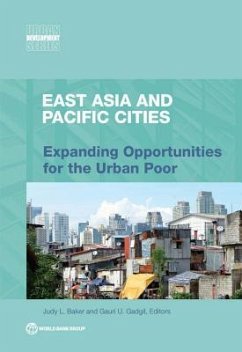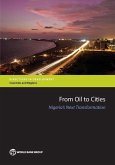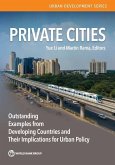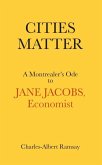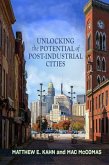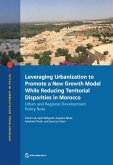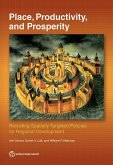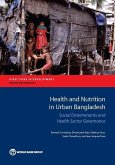Urbanization in East Asia and the Pacific has created enormous opportunity for many. Yet the rapid growth of cities can also create challenges as national and local governments try to keep up with the needs of their growing populations. Among these challenges is a lack of affordable housing, resulting in increasing slums, deficits in basic service provision, and widening inequality for urban dwellers. This study aims to better understand urban poverty and inequality in East Asian cities, recognizing that many countries of the region, particularly those of middle-income status, are at a critical juncture in their urbanization and growth process where potential social divisions in cities could harm prospects for future poverty reduction. The study uses a multidimensional approach to understand urban poverty and inclusion and draws on examples of programs and policies that have been successfully implemented in the East Asia region to develop a set of guiding principles for policy makers.
Bitte wählen Sie Ihr Anliegen aus.
Rechnungen
Retourenschein anfordern
Bestellstatus
Storno

